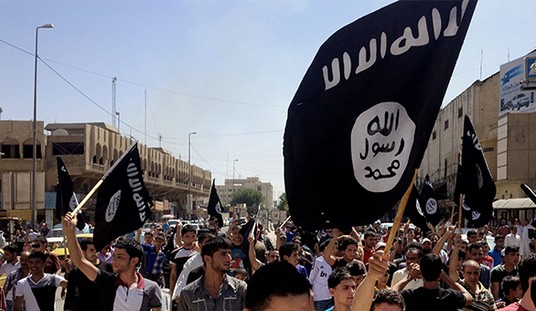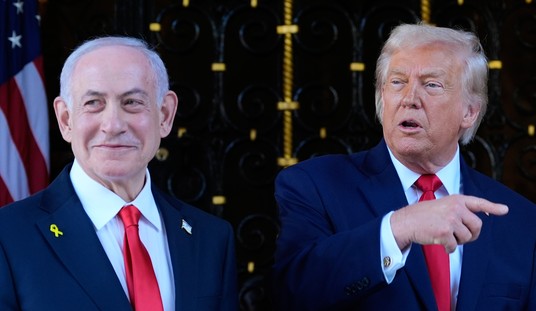Amongst the back roads of Phnom Penh’s southern sub-district of Svay Prey sits a large school compound build in early 1960s. Originally called Poheat Yat and later Tuol Savy Prey High School the compound consists of four large buildings that frame a wide court yard lined on one end with trees. When entering the gates of the school it is easy to imagine a multitude of children running and playing in the open area or near what appears to be the wooden frame of large swing. What is difficult to imagine, even as one enters the grounds with the full knowledge of its later name and function is how some where so recognizable in its original purpose of education could be transformed by the Khmer Rouge into a human abattoir.

Khmer Rouge literally means “Red Cambodians” as Khmer is the language and ethnicity of the people of Cambodia and “Rouge” of course is French for “Red”. The blood bath that followed the Khmer Rouge’s take over of Cambodia in April of 1975 has been defined as “genocide” due to the scale of the killing. However unlike other “genocides” victims were not chosen because of their distinctive ethnic or religious group. The victims of the Khmer Rouge were for the most part fellow Cambodians.

Although the West at the time was either largely unaware or uninterested in the Khmer Rouge’s methods their reputation for brutality had been well established well before their final victory in 1975. Throughout the preceding war which began in 1970 refugees from zones “liberated” by the Khmer Rouge told horrific tales of slaughter where not even infants were spared and entire villages were whipped out. Much of these tales were either ignored or scoffed at. In 1977 when Fran√ßois Ponchand published accounts of the Khmer Rouge’s brutality in the book “Cambodia: Year Zero” the horrors with in were dismissed as “fourth hand distortions”. Although the book was written when there was no definitive “proof” of what was happening in Cambodia at the time it provides an excellent background on the Khmer Rouge and the now familiar tale of the killing fields.

Tuol Sleng translates roughly into English as “place of guilt” or “poison hill”. The school was converted to an interrogation center and prison in 1976 and designated as “S-21” or “Security Office 21”. The class rooms where either converted into interrogation rooms or cells for prisoners. Prisoners would be shackled together in large groups and held en masse or placed individually in tiny cells constructed with brick or wood inside former class rooms. Holes were knocked in the walls between the classes to connect them into long cell blocks.
Between 1975 and 1978 at least 10,500 prisoners were imprisoned, tortured and executed through Tuol Sleng. On top of this number an estimated 2,000 children were also “processed” here. Although the killing in Cambodia may seem random in some ways those who passed into S-21 were documented extensively and photographed. It is these photographs that now line the ground floors of the two central buildings and silently give witness to the dark evil of that was Khmer Rouge. A walk past these sad faces is completely heart breaking. Many look frightened, some confused or despairing and many are mere children.

Prisoners came from all walks of life and were all considered enemies of the revolution. Buddhist Monks who were once revered were either killed or interned and forced to labor. The Khmer Rouge considered any knowledge that was “foreign” to be a threat so those with any professional training or even being able to speak a language other than Khmer would be punished.

In keeping with the Maoist “cultural revolution” all traditional arts such as music or dance were also outlawed and those who were trained in these traditions whether they were teachers or students were condemned. The Khmer Rouge declared it “Year Zero” so there was no past, just the glorious future that they would build to the songs and dances of the revolution. With this nonsense the Khmer Rouge almost completely destroyed traditions that had been passed down through countless generations. Even being attractive was considered an “unfair advantage” punishable by imprisonment or death leading to parents disfiguring their children to save them from the killing fields.
Those who visit Tuol Sleng now will find the buildings hauntingly empty and much of the up floors suffering from water damage. The rooms in Building A which served as the interrogation block have been preserved as it was found when the Vietnamese entered it in 1978. The metal bed frames to which prisoners were tied during their interrogations remain with the dark brown stains beneath the beds still visible. On the walls of some cells are posted grainy sepia tone photographs of the bodies found in the rooms when the Khmer Rouge was defeated.

The wooden frame that might be mistaken as a swing served as a gallows. It was used more as a means of torture than execution as prisoners would be hoisted up then lowered head first into large jars traditionally used to collect rain water. The Khmer Rouge were adept at turning every day items into implements of torture and these items are also preserved for public viewing. Also on display are some chilling paintings done by one of the few survivors of Tuol Sleng as well as bronze busts of Pol Pot or “Brother Number One” under a metal cage formerly used on prisoners.

The rules of interrogation are posted in Khmer, French and English on a large board outside of Building A. These rules were originally posted in each interrogation room and basically specify that you are guilty, don’t argue or deny it and don’t complain or you will be punished. The punishments are either lashes or electric shock. Crying out during punishment of course leads to further punishment. The prisoners who weren’t killed during torture or those who were simply being held waiting execution would eventually be taken to the killing fields. The executions were carried out with hammers or farm implements. Children were killed by being held by their ankles and bashed against trees. The memorial that stands on the Phnom Penh’s Killing Fields contains 9,000 skulls although over 20,000 people were killed in that location.
Tuol Sleng is increasingly falling into disrepair. Like many of Phnom Penh’s colonial era buildings they require extensive renovation to counter the effects of time, war and weather. It would be sad to lose this monument to the victims of Pol Pot’s Regime for as grim as the well known but faceless skulls of Cambodia’s “killing fields” may be nothing speaks more clearly on the horrors of the Khmer Rouge than Tuol Sleng Prison.









Join the conversation as a VIP Member